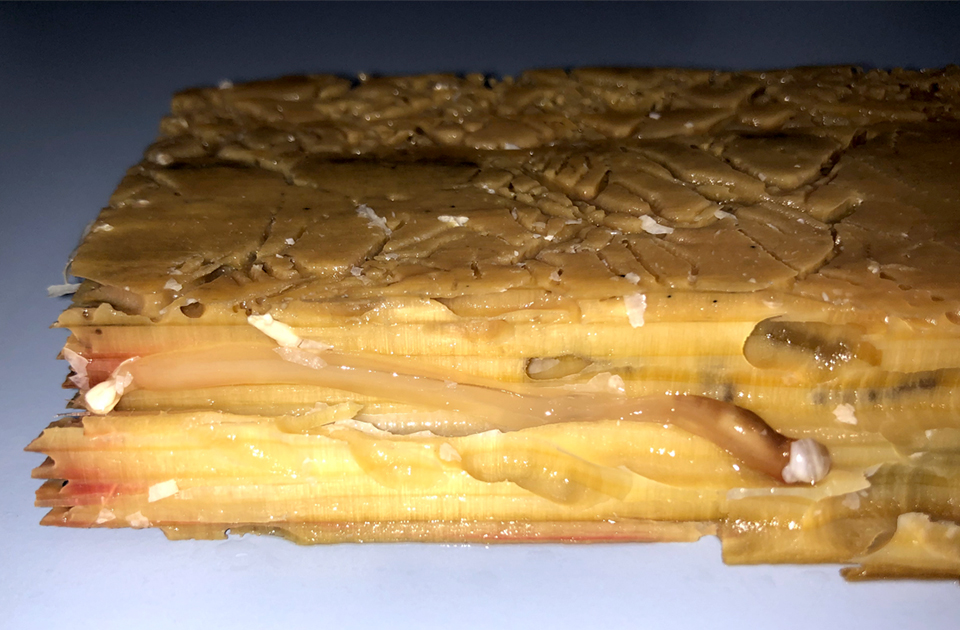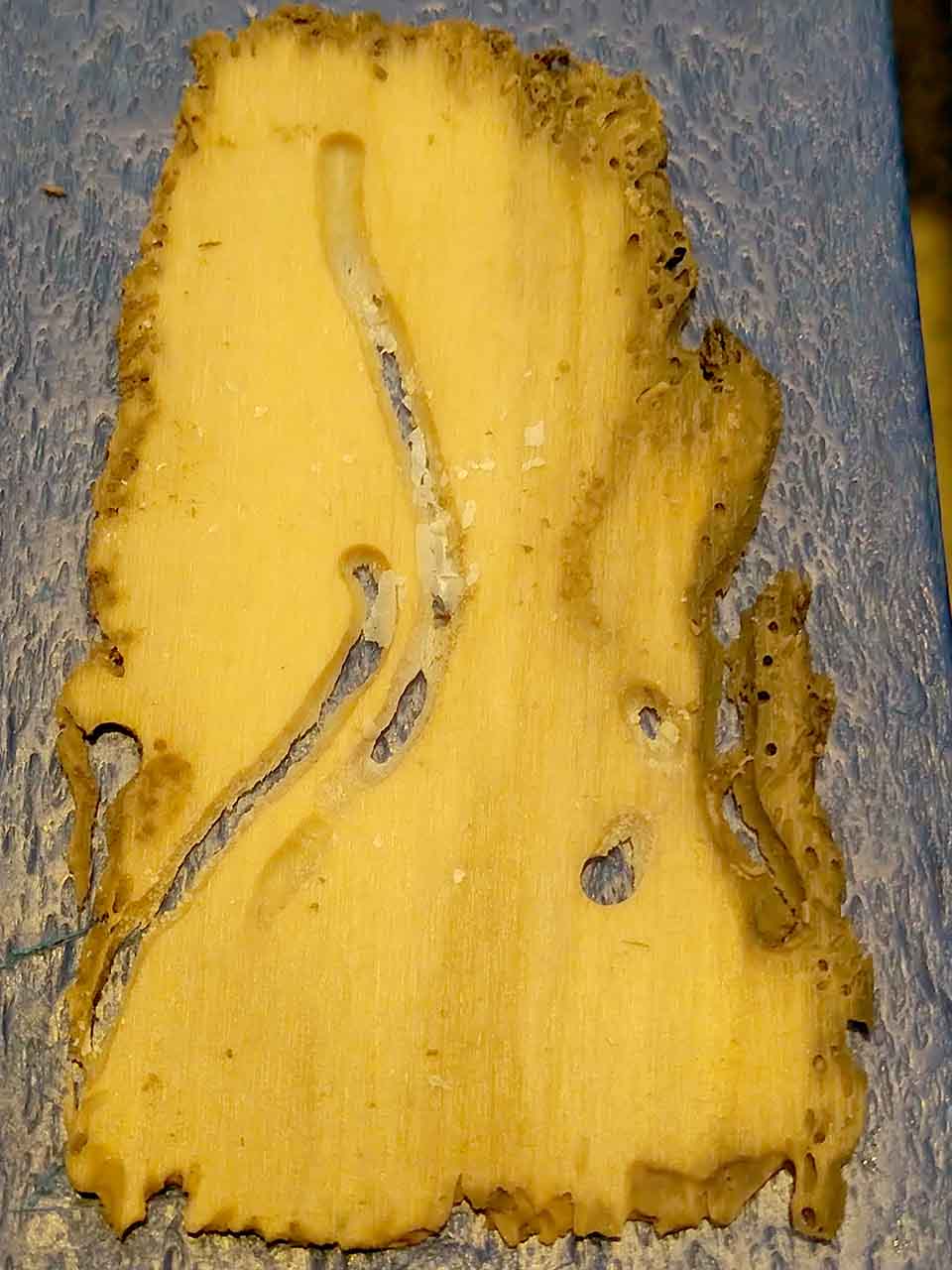
Scientists trying to unravel one of nature’s most basic processes – how the humble shipworm, feared for millennia by seafarers, ‘eats’ wood – have found no known mechanism in their gut.
The finding helps narrow down future research to solve the mystery of how precisely the creature digests wood.
The answer could lead to advances in biofuels, new drugs and potentially fewer frightened sailors.
Shipworms were known and feared by the Egyptians, the Romans, and the explorer Christopher Columbus, whose fourth voyage to the Americas was scuppered after shipworms ‘ate’ the ship’s hull, risking the lives of its crew.
Despite its name, the creature is not a worm, but a clam which can grow as long as 5ft.
Throughout history it has caused billions of pounds of damage to shipping and the fringes between land and sea – dykes, piers, bridges.
But how they cause such havoc is still a blind spot in science.
One of the authors, Dr Reuben Shipway, a shipworm expert at the University of Portsmouth, said: “To get to the sugary cellulose inside wood, shipworms must first remove a compound called lignin. Lignin is like the plastic wrapper that covers your favourite chocolate bar. Imagine trying to eat this chocolate with the wrapper still on. We know that shipworms can eat wood but we don’t know how they remove the lignin wrapper.”
Lead author, PhD student Stefanos Stravoravdis, at the University of Massachusetts, US, studied the DNA of the bacteria in shipworms, looking for the enzymes that digest lignin. The team were astonished when, despite rigorous scanning and testing, they found not a single enzyme which could be held responsible.
He said, “When I was first contacted about this project, I read the email and thought, ‘What the heck is a shipworm?’ As I learned of their bacterial symbiosis, I couldn’t help but be curious as to how this strange, important system works.”

Co-author, Professor Barry Goodell says, “Shipworms’ contribution in cycling carbon on the planet is huge, as 70 percent of wood in mangrove forests alone is known to pass through the gut of shipworms. However, the unique digestive processes of shipworms could also allow us to clean up plastic wastes in the ocean, produce better, cleaner fuels, and their symbiotic bacteria holds promise for the discovery of new drugs in the fight against antibiotic resistance.”
While the shipworm might have terrified shiploads of sailors, their tunneling ability is believed to be the inspiration for legendary engineer Marc Brunel in working out how to build tunnels under the Thames, and their tunnels in rotting wood make habitats for countless other marine creatures.
Dr Shipway said, “Throughout most of history, shipworms were considered a villain. But, if you take humans out of the equation, these animals play a major role in marine habitats and have real ecological benefit. Science is only just beginning to appreciate the importance of these animals, and key to this is understanding how they digest wood.”
The research only happened because of the pandemic, scuppering a planned in-laboratory research project. Instead, the team had to think of creative ways to examine the ‘lignin problem’ in shipworms, and turned to the genomes of shipworm bacteria that were publicly available online.
Dr Shipway said, “Covid has been really disruptive and presented many challenges to research. But, in some ways, it has provided us a great opportunity. Working from home allowed us to take a step back, look at the bigger picture, and forced us to think creatively about how we can answer these big questions away from the lab.
“When you think about it, it’s extraordinary how much we still don’t know about shipworms. They’ve been a destructive force for over a millennium, changed the course of human history, and continue to cause billions of pounds of damage around the world every year. So, the fact that we’re not entirely sure how they do this is a massive gap in our knowledge.”
Image credits: Dr Reuben Shipway, University of Portsmouth (images 1-11) and Daniel Cross, University of Portsmouth (image 12).
 |
 |
 |





